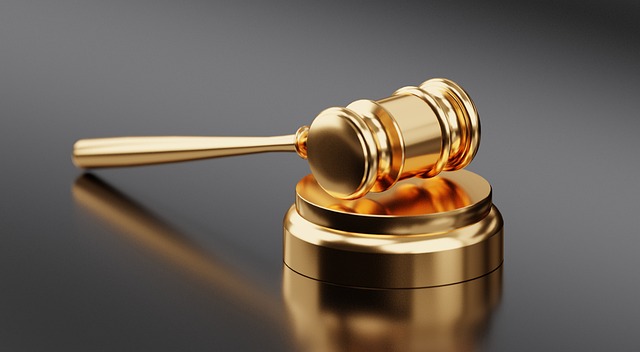
The three branches of the Indian government are the legislative, executive, and judiciary. The Indian judiciary system is a separate pillar, while the other two are interrelated. A distinct pillar indicates that the Indian judiciary operates independently of the other two branches of the government. Understanding the body in charge of upholding the rule of law and guaranteeing its supremacy is crucial.
Judiciary System: About
The Judiciary System is also known as the Judicial System. The judiciary has the authority to resolve conflicts and issue decisions in addition to enforcing the law. The bench, or central part of the court system, is made up of judges along with additional magistrates.
The world’s largest written constitution, the Constitution of India, was drafted on January 26, 1950. India’s constitution serves as both the country’s supreme law and its source of law.
Indian Judiciary System: Branches
According to the various experts from RJS Coaching in Jaipur, India’s judiciary is made up of one cohesive, integrated judicial system. At the apex of the pyramid-shaped building stands the Supreme Court of India. The High Courts come next, followed by the district courts, and finally, the lower courts.
Supreme Court of India
It is established under Part V of the Constitution of India; it is the highest court in the country’s judicial system. According to the discussions by the teachers from RJS Coaching in Jaipur, lower courts must abide by the rulings rendered by the Supreme Court. It also has the ability to move High Court judges. Cases from lower courts may be transferred to supreme courts. Finally, it has the ability to move a case from one High Court to another.
High Courts of India
As per the Constitution of India, each state is expected to have one high court. In the Indian legal system, this court is ranked as the second most significant. Article 214 of the Constitution establishes a High Court in every State. Nonetheless, the Parliament has the legal authority to create a common high court for two or more states. The Punjab and Haryana High Court, for instance, has jurisdiction over both Punjab and Haryana. High Courts possess the authority to exercise oversight and command over lower courts.
Subordinate Courts of India
These are the lower courts in the Indian legal system’s hierarchy. They deal with both criminal and civil cases. The oversight of these courts’ operations falls under the purview of the high courts. There are two additional branches of the Indian legal system in addition to the several categories of courts. The two divisions of the Indian legal system are as follows:
- Criminal law handles situations in which a person or thing violates the law. When a crime report is filed by the local police, a point is recorded. The criminal cases pertaining to the topic are ultimately decided by the court.
- Conflicts involving alleged violations of citizens’ fundamental rights are handled by civil law.
Tribunals of India
Article 323A of the Constitution of India gives the Parliament the authority to create administrative tribunals at the federal and state levels that have the authority to rule on disputes pertaining to the hiring and employment of public employees.
- Government agencies have established a number of specialized tribunals to handle certain cases, including taxation and land disputes.
- Tribunals could be quasi-judicial or judicial in nature.
- The Tribunals are frequently constituted when there are multiple cases pending before the ordinary courts over a specific subject matter and offer swift justice.
Nyaya Panchayats of India
The panchayats were granted constitutional status by the 73rd Amendment to the Constitution of India. The goal of the village-level Nyaya Panchayats is to deliver justice quickly and inexpensively. Article 40, which mandates that the State take action to empower the panchayats, serves as the basis for them.
- These Nyaya Panchayats make decisions about infractions like stealing and unjust restraint.
- Although these judicial elements have relatively little financial jurisdiction, these Panchayats have both criminal and civil jurisdiction.
Lok Adalats of India
The Lok Adalats strive to resolve conflicts through arbitration and mediation rather than by adjudicating them. The “People’s Court” is another name for the Lok Adalats. The Central Government-specified list of individuals as well as active and retired judges make up the Lok Adalats.
- Cases of this type that are underway before the court called the Adalat are within the jurisdiction of the Lok Adalat.
- The matter may be transferred to the Lok Adalat by the court, the parties may mutually agree to have it referred, or one of the parties may file an application with the Lok Adalat.
Any democracy must have a strong, independent judiciary in order to prosper According to the discussions made by the expert teachers from the judiciary exam point of view in the institutes for RJS Coaching in Jaipur. The Indian judiciary makes ensuring that the country’s laws are followed and that citizens’ rights are upheld. It also exercises a check and balance on the legislative and executive branches of the government.
Therefore, ensuring that cases are resolved promptly and addressing the judge shortage are key priorities. To draw talent to the judicial profession, it is also necessary to enhance the trial court’s working environment and judicial infrastructure.









